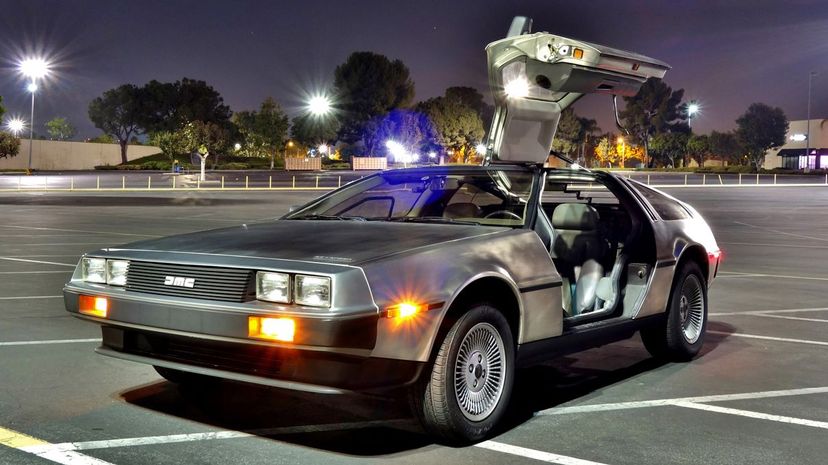
About This Quiz
Nostalgia for the 1980s has been going strong for a few years now, and why not? The music of the '80s is still a lot of fun to listen to, and we got some great cinematic gems during that decade of film as well. Who doesn't love "Back to the Future?" The video games, the TV shows and even some of the hairstyles have had their moments in the sun. The cars of the '80s are no different - they've proven to be a mix of some of the most memorable in the history of automobiles for a variety of reasons. Some had iconic looks that stand out even today as both stylish and unforgettable. Some were just terrible and were as hideous to look at back then as they are right now.  Some had performance that can put modern cars in the dust, and some were such a good deal it didn't matter how terrible they looked. Â
With a whole decade to pick through, there were a lot of cars produced in the '80s and some were more memorable than others. If you think you know your '80s vehicles, why not test yourself? Try your hand at our quiz and see how many of the top cars of the '80s you can identify.
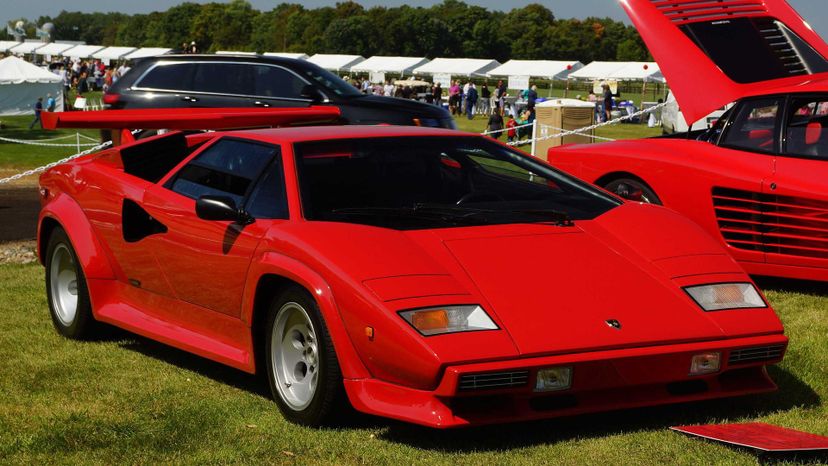
Originally sold in the '70s, the Lamborghini Countach really hit its stride with the 1982 Countach 500 S model. Unlike earlier models, the '80s Countach was jacked up with vents, more wing and extra-wide tires.
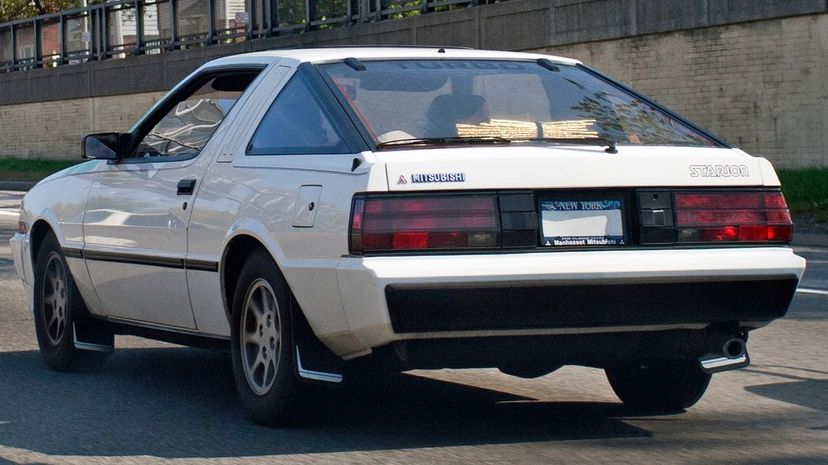
The Starion was one of the first cars Mitsubishi introduced. The Tredia and the Cordia were the other two models that the company tried to get into the market but the Starion was the only one that really caught on.

The Acura Integra was not the prettiest car on the block, but then again, most cars of the '80s weren't. It did, however, have a ticket price of under $10,000, which even adjusted for inflation was incredibly affordable.
Advertisement
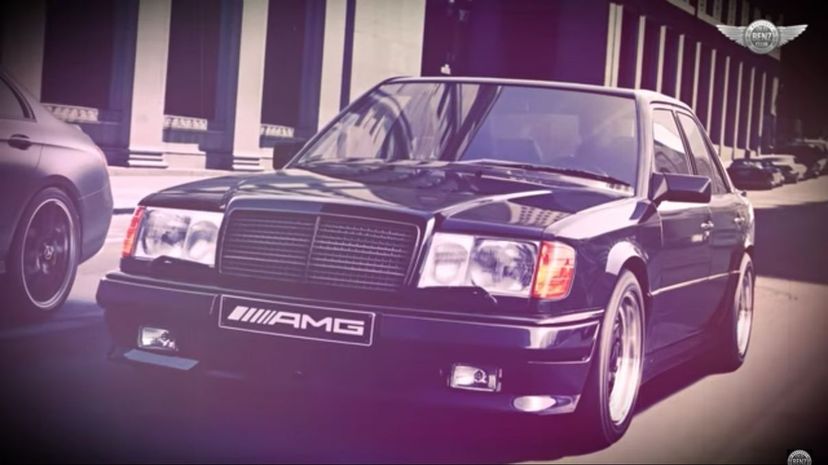
The AMG Hammer was made by Aufrecht Melcher Großaspach, which is now part of Mercedes. The Hammer was a hell of a performance vehicle with a V-8 engine and 355 horsepower. It out-powered a Corvette and could hit about 180 mph.

The Toyota Celica Supra was one of the ultimate '80s style cars. It had flip-up headlights, remember those? Super cool. It also sported window louvers which, if you're not familiar, were essentially like metal blinds across a window to help shade you from the world.
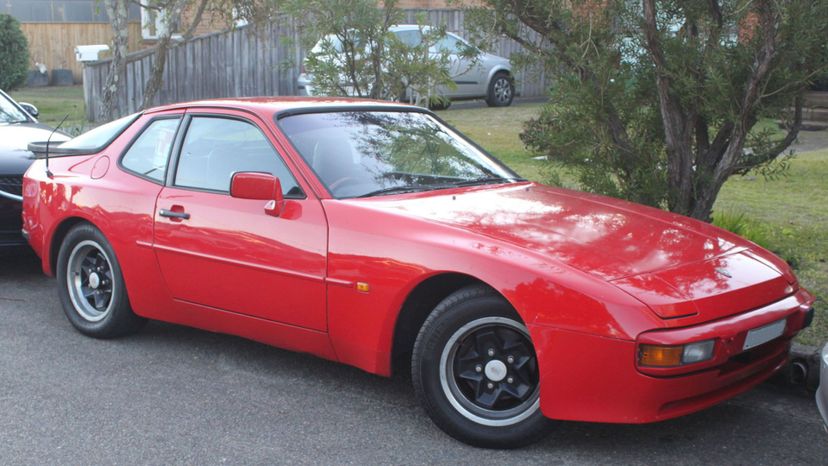
The Porsche 944 offered up to 247 horsepower and was prized for being just a smooth, easy ride all around. Considering the price a Porsche goes for though, you'd expect that it had to handle as well as it looked.
Advertisement

The Honda CR-X was one of those cars that everyone seemed to have for a couple of years in the '80s. It offered good fuel economy and good handling and good value. Not much else, though. But what else do you need in a hatchback?

The Audi Quattro wasn't available in America for very long in the '80s, only two years from '83 to '85. It was fairly prominent in other countries, though, with a number of variants that never made it stateside.

The Toyota Van was not a very cleverly named vehicle, nor was it attractive in any way - it looked like a lunchbox on wheels. In Europe, they called it the Space Cruiser though, so it seemed at least semi-cool somewhere in the world.
Advertisement
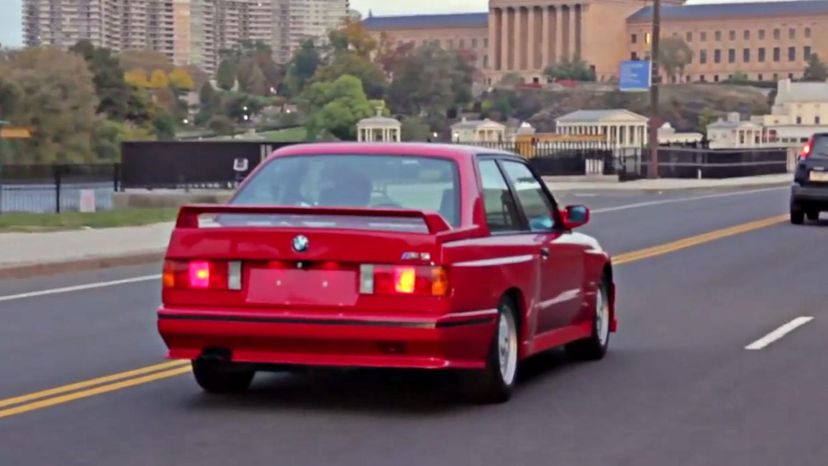
The BMW M3 was designed to be the street-legal counterpart so they could qualify for racing because FIA rules stated Group A race cars had to have a street-legal version or else no racing was going on. So this was designed with performance in mind.
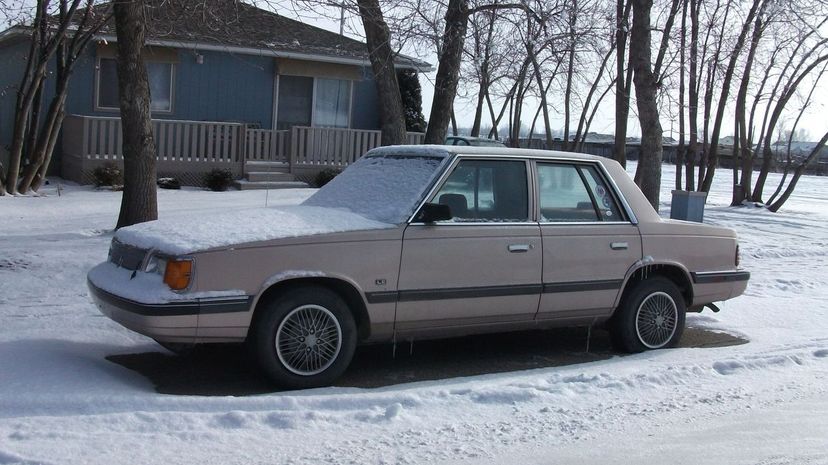
The Chrysler K Car was a dominant force on the road in the '80s and well into the '90s as well, for that matter. The K Car was Chrysler's answer to the gas crisis of the 1970s and was essentially the cheapest thing they could possibly produce. It wasn't pretty, but it worked.

The Buick GNX was released in 1987 and followed up as a souped-up version of the GN which preceded it. This version was reputed to have upward of 300 horsepower but only 547 of them were actually produced.
Advertisement

The Pontiac Fiero was the flashy car of choice for people who couldn't practically get a Lamborghini or a Ferrari. It was a realistic sports car that suffered from some bad PR and died after a single generation.

The Mercedes 190 was an attempt by Mercedes to make a compact luxury car that was accessible to a wider customer base who maybe wasn't going to be shelling out for a Mercedes normally. It proved to be extremely popular and sold exceptionally well.
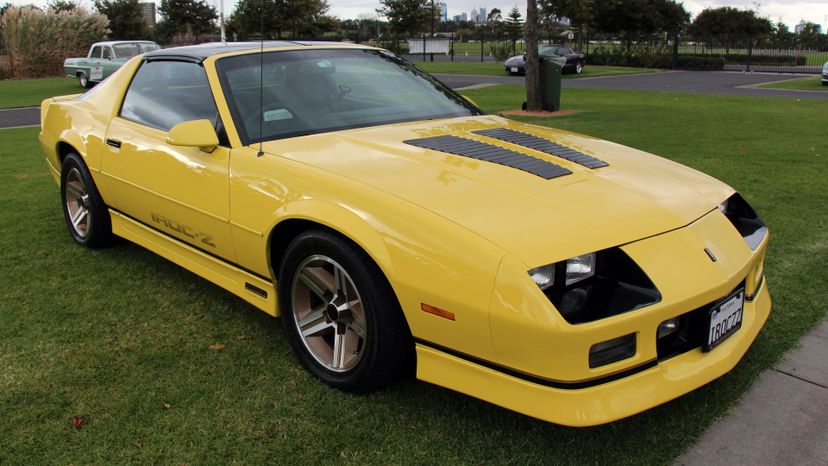
The Chevy Camaro IROC-Z is still a popular car to this day because it's just a cool-looking automobile. With a V-8 engine that put out over 200 horsepower, it was the perfect car for showing off and looking cool.
Advertisement
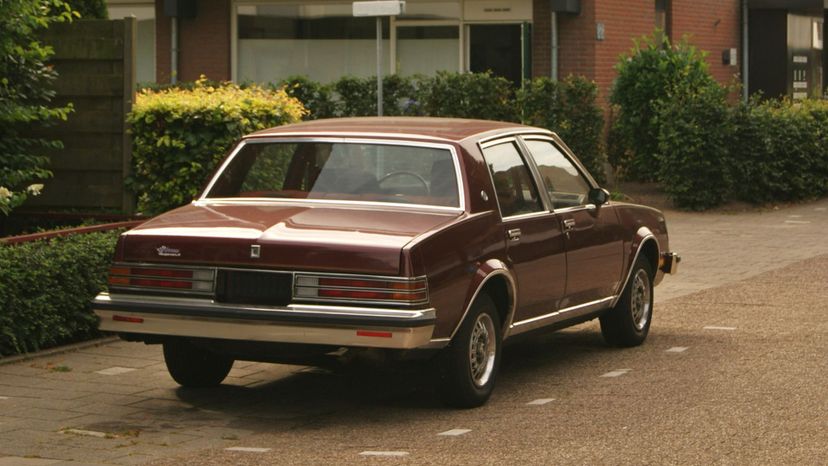
The Buick Skylark is a pretty classic design that dates back to 1953 originally. The original designs were some very attractive cars but if we're being honest, by the time the '80s models came out, the Skylark suffered a serious cosmetic issue and were some of the least attractive cars on the road.
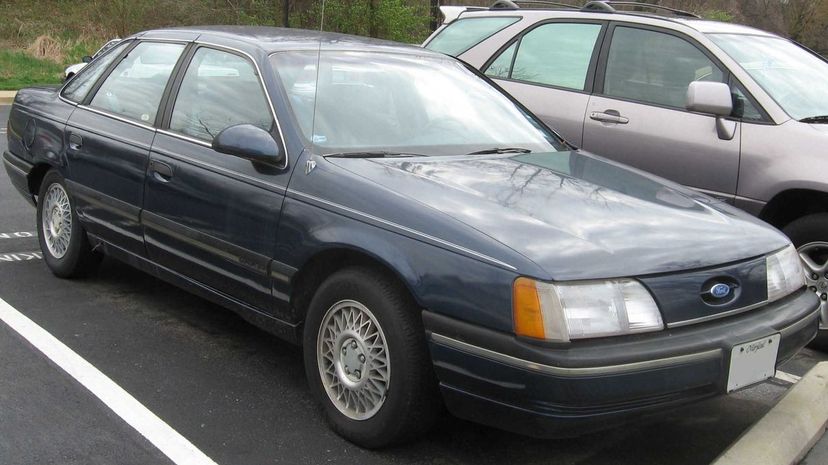
The Ford Taurus may look like a relic of the '80s today, but it was pretty cutting edge in terms of design at the time. It wasn't meant to be super sexy, just an economical family sedan that got you from home to work and back, and it did the job well.
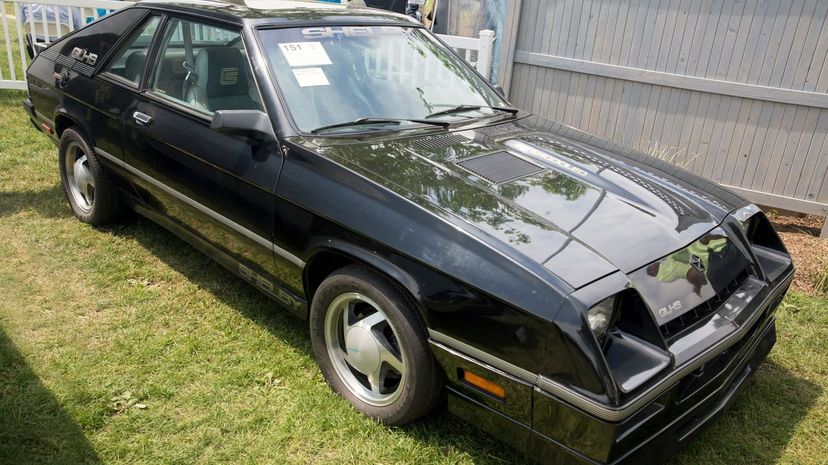
The Dodge Omni was kind of a boxy, ugly car. The Shelby GLH was something else, though. To start, GLH literally stood for "goes like hell." And there was also a GLHS model that stood for "goes like hell s'more." That's a bold name for a car.
Advertisement

The Ferrari F40 had an insane 478 horsepower, which blows almost every car that came before it out of the water. It also has that unmistakable sporty look to it few other car designers could ever hope to match. Nothing looks like a Ferrari.
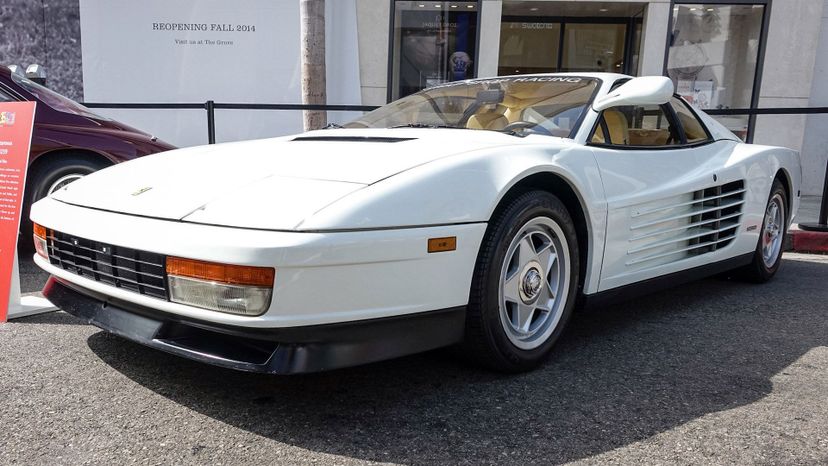
The Ferrari Testarossa looks like the classic '80s sports car, but for a time it was actually trash-talked pretty openly for being too '80s. The side strakes on the doors were mocked for making the car look like a souped-up cheese grater.

The Nissan/Datsun Hardbody was meant to be a sporty-looking little truck that was less about being a work vehicle and more about being something fun to drive. It had very little power -- only about 100 horsepower -- but at least it looked good.
Advertisement
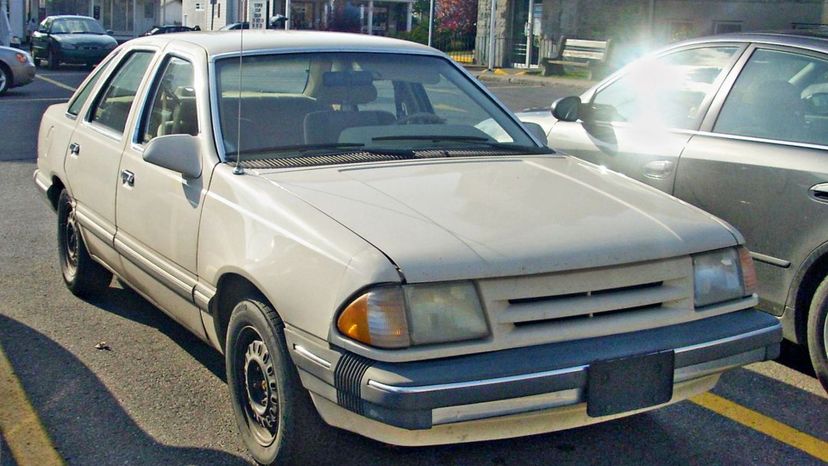
The Ford Tempo was a popular model in its day and actually managed to stay in the top 10 selling automobiles in the country for every single year of its production run, often also cracking the top 5.

The Plymouth Caravelle was Plymouth's first front-wheel-drive sedan and also an import from Canada, which had the model two years before it rolled in stateside. In fairness, though, the car wasn't ever super popular thanks to its rather unappealing appearance.
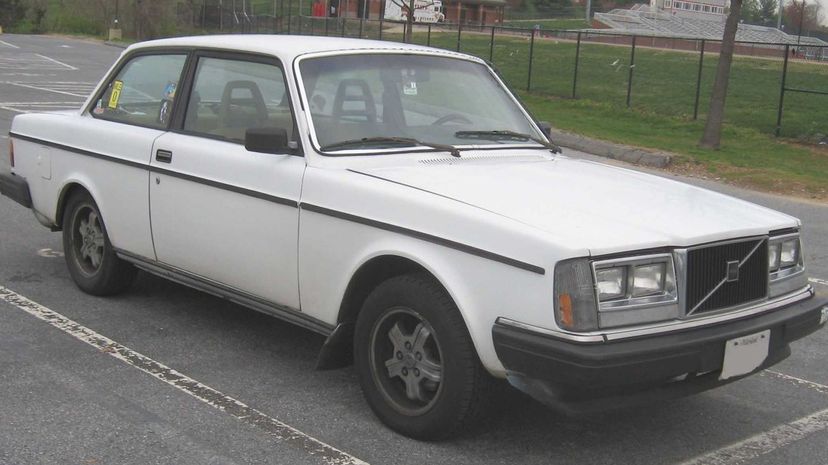
The Volvo 200 is a pretty recognizable vehicle and seemed to be everywhere in the '80s. They were so well built that they're one of the few cars from back then that are often still roadworthy all these years later.
Advertisement

The Ford Mustang SSP was the "special service package" that Ford produced for law enforcement. You could also get a standard Ford Mustang GT that performed just about as well and sported a V-8 engine for helping you outrun the cops in the other model.
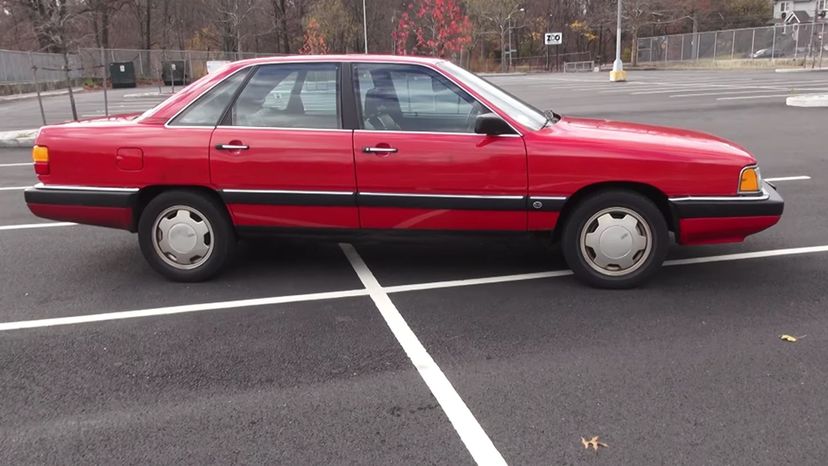
Saying "I'm Audi 5000" means you are on your way out the door. LL Cool J claims to have coined the term, but since "Audi" sounds like "outtie" or just saying "I'm out" we may never know who originated the phrase.

The Ford Thunderbird is one of Ford's most iconic models and begann production in the 1950s. During the '80s, the Thunderbird was a vehicle made to perform and had a variety of options that included a V-8 engine for those who wanted some real thunder.
Advertisement

The Jeep Cherokee came onto the scene in 1984 and was built for people who wanted some rough and tumble off-roading action. It successfully straddled the line between a powerful 4x4 and a family vehicle that appealed to a wide array of consumers.

The Dodge Rampage looked like more compact El Camino with that little flatbed in the back. It didn't offer a ton of power and, for better or worse, it didn't really appeal to consumers either. It only lasted a few years before being ditched.
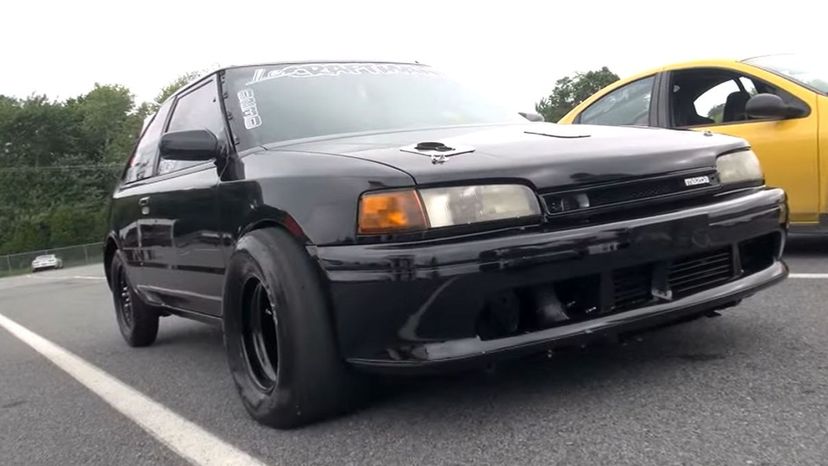
The Mazda 323 was an all-wheel-drive powerhouse of a car that was well-suited as a rally car or a family vehicle for the family that loved having some punch in their car. It could go 0 to 60 in just under 9 seconds.
Advertisement
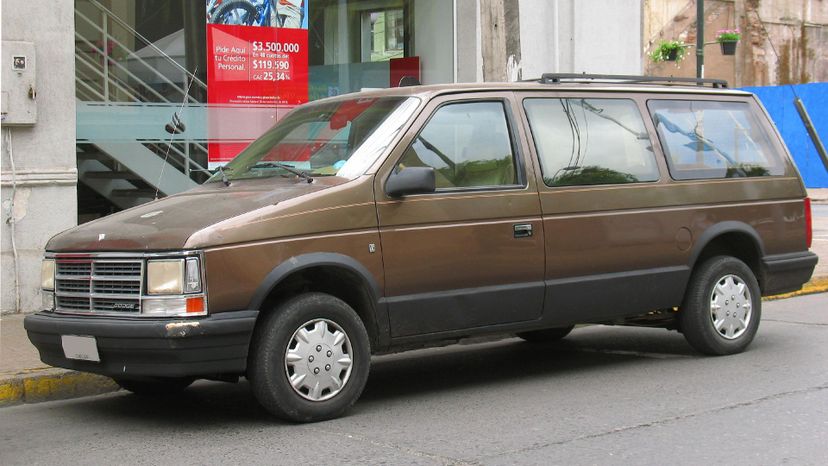
The Dodge Grand Caravan is somewhat credited with the death of the station wagon as the popular family car that could haul the kids and the luggage on vacation. And when you think about it, how often do you ever see a station wagon these days?
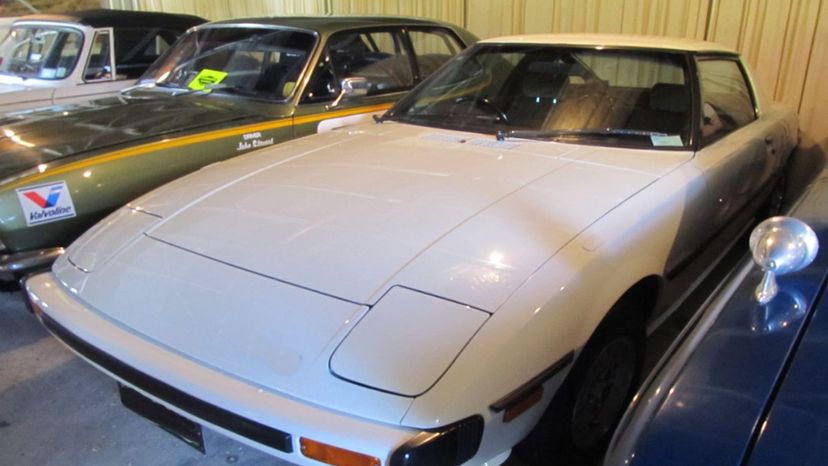
It's not unfair to say that the Mazda RX-7 was a more affordable Porsche, because Mazda specifically took design points from the Porsche when creating the RX-7. Essentially it was designed toward the end of being a cheap Porsche knock off.

The Subaru Brat had a very weird name to match its very weird look. Another one of those almost-truck cars, it had little power under the hood and didn't offer much aside from an unusual look and that super weird name.
Advertisement

The Jaguar XJ had an elegant look to compliment a high-performance vehicle, but it's also a bit dated by today's standards. This is the sort of car your grandfather drove if he had a decent amount of cash to burn in the middle of the decade.

The Tercel was another of those iconic '80s cars that seemed to be on every road for the entire decade. It was Toyota's first front-wheel drive vehicle and was pretty low-powered overall, but at least it was reliable.

There wasn't a lot to remember about Hyundai in the 1980s, but the Excel was a popular model if for no other reason than the fact it cost under $5000. Thanks to that irresistible price tag, they sold nearly 168,000 units in 1985 alone.
Advertisement
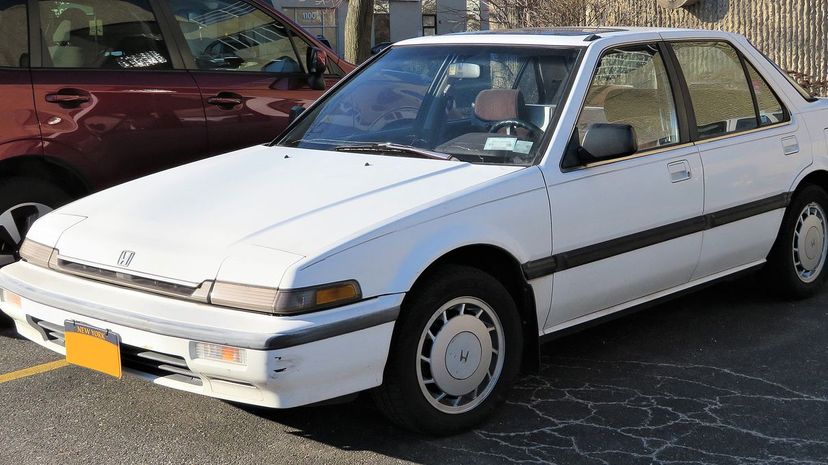
The Honda Accord first showed up in the late '70s and has been a pretty popular car model ever since. it's not popular for being supercharged or super sexy, it just clicked with drivers because it handled reliably and was a decent price.

The Nissan Maxima was also marketed as the Datsun Maxima and is still marketed today. In the 1980s it was a lot blockier and boxier than the current models of course, but it also had the same power under the hood as the Ford Mustang, so that was pretty good.
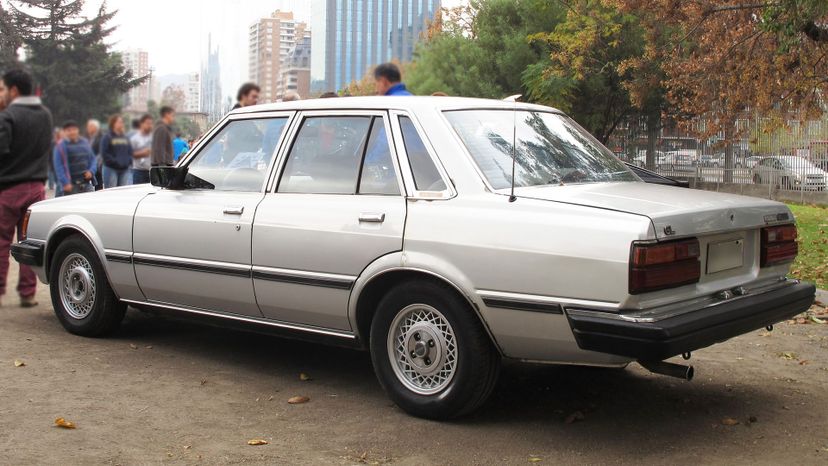
The Toyota Cressida, which was inspired by the Shakespeare play "Troilus and Cressida," was sort of like a Supra and larger than the Camry. It was manufactured into the early '90s then it was dropped from production.
Advertisement

The DeLorean DMC-12 is not just the most iconic car of the '80s, it's one of the most iconic cars of all time thanks to the movie "Back to the Future" and the fact the car itself was a wildly exotic-looking aluminum beast with gull-wing doors and a crazy backstory about its development.